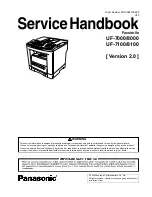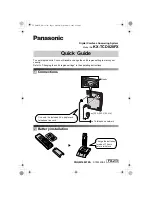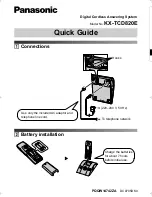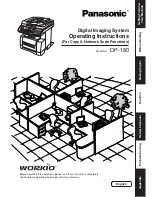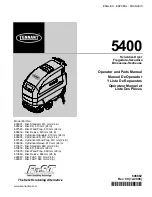
1
Table of Contents
Overview 2
Procedures 3-13
Unpacking, Packing Away After Sewing
3
Connecting the Foot Control
4
Connecting to the Power Supply
4
Accessory Box, Extended Sewing Surface
5
Spool Pin
6
Threading the Upper Thread
7
Bobbin Winding with the Machine
Threaded 7
Bobbin Winding – Vertical Spool Pin
8
Placing the Bobbin in the Machine
8
Thread tension
9
Changing the Needle, Changing the
Presser Foot
10
Presser Foot Pressure, Presser Foot Lever
10
Reverse, Lowering the Feed Teeth
11
Stitch Selection
12
Stitch Width, Stitch Length
13
Sewing 14-28
Guide Stitch Selection
14
Buttonholes 16
Perfectly Balanced Buttonholes (PBB)
17
Sewing Buttons, Cutting Buttonholes
18
Straight Stitch, Clearance Plate
19
Sewing Zippers, Lapped Zipper
20
Reinforced Straight Stitch
21
Needle Positions
21
Zigzag, Three-step Zigzag, Mending
and Darning
22
Sewing Terry Cloth, Seam and overcast
23
Blind Hem
24
Flatlock – Double Action Stitch,
model 370
25
Gathering Foot
26
Quilter’s 1/4” Piecing Foot
26
Transparent Foot B
27
Non-stick Glide Foot H
27
Decorative Stitches, model 370
28
Maintenance 29-30
Trouble Shooting
31-32
Some fabrics have a lot of excess dye which can cause discoloration on other fabric but also on
your sewing machine. This discoloring may be very dif
fi
cult or impossible to remove.
Fleece and denim fabric in especially red and blue often contain a lot of excess dye.
If you suspect that your fabric/ready-to-wear garment contains a lot of excess dye, always pre-
wash it before sewing to avoid the discoloring.



















